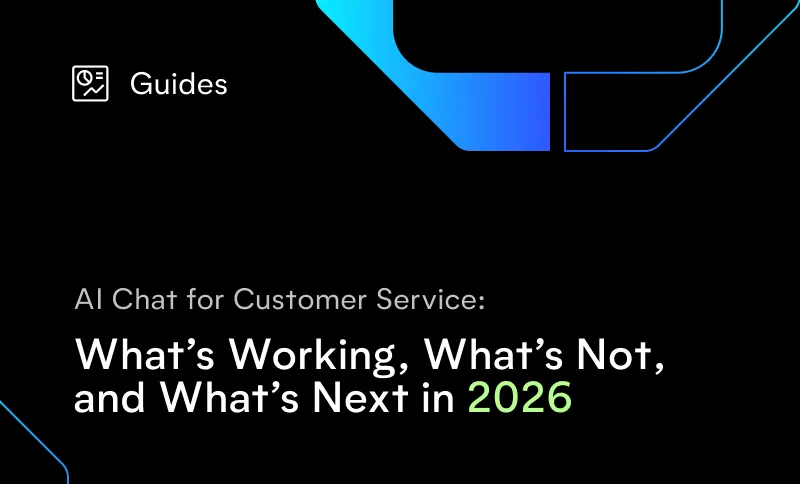
How Interactive Voice Response Makes Customer Service More Efficient
Interactive voice response (IVR) is a common technology that has been used for more efficient customer service, dating back to the 1970s. According to the IBM Learning Center, IVR is “an automated telephone system that combines pre-recorded messages or text-to-speech technology with a dual-tone multi-frequency (DTMF) interface to engage callers, allowing them to provide and access information without a live agent.”
If the system is not able to provide the right information, IVR can help route callers to a live agent for further assistance. When the technology was first introduced, it was a solid way to integrate computer and telephony technologies in order to begin streamlining the flow of calls, decrease caller wait times, and boost customer satisfaction.
However, as machine learning technologies became more advanced, IVR solutions tended to frustrate customers more than please them. Five years ago, an article in Forbes explored the role of IVR in the digital era. The article explained that IVR initially served as a barrier between customers and customer service representatives to reduce call center volume. “For a predigital enterprise, call centers are simply cost centers, and every second a call center representative is on the phone is money down the drain,” the article said. However, today, digital enterprises must use every interaction, including calls, to delight customers and make a positive impression. Conversational IVR the new solution.
What is call center outsourcing?
Call center outsourcing is a common strategy that is frequently used by contact centers that want efficient customer service. The idea is to leverage a third-party company to assist with customer service calls. These third-party organizations are often offshore and may be engaged to handle overflow or a specific type of customer service phone call. The idea is to create efficient customer service.
What are the pros and cons of old-school IVR?
Older IVR’s do provide operational benefits such as lowered call volumes and accurate call routing. However, they can negatively impact customer satisfaction and loyalty because they can be somewhat clunky, require the customer to repeat themselves, and cannot understand multiple customer intents if they are said in the same sentence. Conversational IVR, on the other hand, can fully resolve issues while also having the ability to intelligently route or escalate calls that require an agent.
What are the benefits of new conversational IVR for efficient customer service?
Conversational IVR creates a more efficient customer service solution. New, machine learning technology like Replicant’s Thinking Machine gives call centers the ability to fully resolve customer service calls without staffing additional live agents. It is unlimitedly scalable, making it an excellent choice for call centers that have variable volumes. It is available 24/7 and delivers zero hold times, which contributes to delighted, long-term, loyal customers.
What’s the best first contact with a customer?
Today, customer expectations are extremely high. They want efficient customer service. They need their question answered and their problems solved as quickly as possible. Call centers that can deliver that level of customer service will make customers happy and foster long-term loyalty.
Customers expect their first touch in a service call to be productive. Old IVRs often cannot quickly authenticate customer accounts, answer questions completely, or speak naturally with a customer. Conversational AI, on the other hand, is less rigid and can be customized and edited by contact centers within seconds. Conversational AI goes beyond outdated IVRs, fully resolving customer calls with zero hold times, anytime and any day.
Replicant’s IVR Solution
Learn more about Replicant’s conversational IVR solution. It was created with machine learning technology and offers an efficient customer service solution. Our conversational AI system understands natural language processing, improves and learns over time, and offers analytics and data to help improve call center customer service.



.svg)


